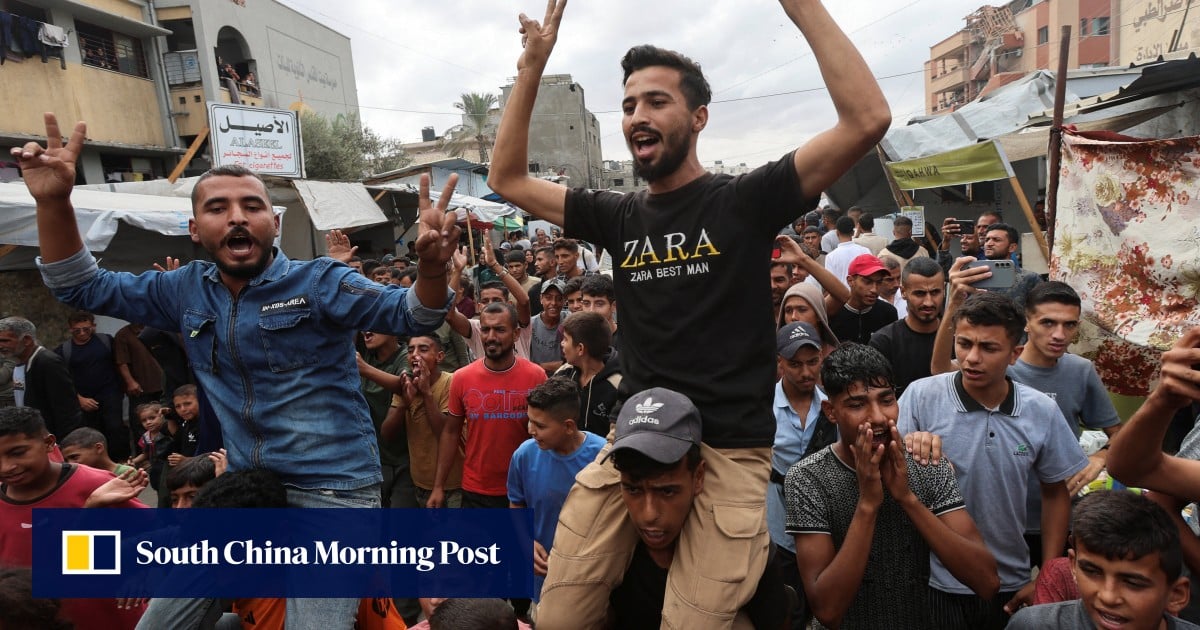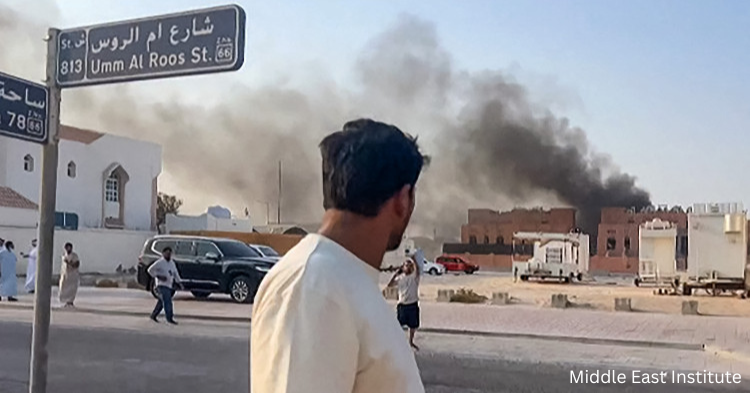A significant step toward peace in the Middle East has been marked by the recent Gaza ceasefire, which took effect at noon local time (5 a.m. Eastern) on Friday, according to the Israeli military. This development represents the initial phase of the peace plan proposed by President Donald Trump, aiming to bring an end to the ongoing conflict between Israel and Hamas. The ceasefire is being closely monitored as both sides navigate the delicate steps outlined in the agreement, particularly regarding the release of hostages and the provision of humanitarian aid to Gaza.
The Hostage Release Timeline
As part of the ceasefire arrangement, Hamas has a 72-hour window to release all remaining hostages. Israeli authorities report that 48 hostages remain in Gaza, of whom 20 are believed to be alive. This hostage release is a central component of the agreement and is tied directly to Israel’s plan to release hundreds of Palestinian prisoners. The exchange aims to ensure the safe return of Israeli hostages while simultaneously addressing long-standing grievances from the Palestinian side.
The release process is being carefully coordinated to avoid misunderstandings or escalations, with international observers likely involved to ensure transparency. Both sides have stressed the importance of adhering to the timeline, as delays could jeopardize the broader ceasefire agreement.
Humanitarian Aid and Reconstruction
One of the most urgent components of the deal is the immediate provision of humanitarian aid to Gaza. The region has been severely impacted by the conflict, facing acute food shortages and famine conditions in some areas, as noted by the world's leading authority on food crises. The Trump plan explicitly calls for "full aid" to be delivered without delay, targeting both basic food supplies and essential medical care for the civilian population.
In addition to humanitarian relief, the ceasefire paves the way for reconstruction efforts in Gaza. Palestinians who were displaced from northern Gaza during the recent fighting have started returning to their communities, navigating the ruins of homes and infrastructure to search for missing family members and recover the bodies of those lost in the conflict. The process of rebuilding will be complex and require both local and international cooperation, but the ceasefire provides a window of opportunity for humanitarian organizations and reconstruction teams to operate more safely.
Political Reactions and Global Perspectives
President Trump expressed confidence that the ceasefire would hold, signaling his administration’s commitment to stabilizing the region. He is scheduled to visit Israel on Monday to commemorate the ceasefire and the hostage release agreement, where he will deliver an address to the Knesset, Israel’s parliament. This visit is expected to underscore the United States’ role in brokering peace and provide reassurance to both Israeli and Palestinian communities.
International reactions to the agreement have been largely supportive. Former U.S. Secretaries of State Hillary Clinton and Condoleezza Rice praised the Trump administration for achieving a breakthrough in Middle East diplomacy. In a conversation with CBS News senior correspondent Norah O’Donnell, both leaders highlighted the significance of the ceasefire and hostage release plan as a potential turning point for the region. They acknowledged the challenges ahead but noted that coordinated diplomatic efforts can produce meaningful progress, even in long-standing conflicts.
The Broader Context of the Trump Peace Plan
The current ceasefire is part of a broader strategy outlined in President Trump’s Middle East peace plan, which seeks to balance security concerns for Israel with humanitarian and political considerations for Palestinians. The plan envisions a phased approach: beginning with the cessation of hostilities and hostage releases, followed by prisoner exchanges, and ultimately leading to long-term political negotiations and reconstruction initiatives.
A key element of the plan is its emphasis on accountability and reciprocity. Israel’s release of Palestinian prisoners is contingent upon the safe return of Israeli hostages, creating a structured incentive for compliance on both sides. Similarly, the immediate flow of humanitarian aid is designed not only to address urgent needs but also to build trust and encourage cooperation in future negotiations.
Challenges and Opportunities Ahead
While the ceasefire represents a moment of hope, challenges remain. Ensuring the safe release of all hostages within the 72-hour timeframe will require strict coordination and verification. Additionally, providing uninterrupted humanitarian aid in a region that has experienced repeated conflict poses logistical and security challenges. Reconstruction efforts in northern Gaza will need careful planning to prevent renewed hostilities and ensure equitable access to resources.
Despite these hurdles, the agreement offers an unprecedented opportunity for both Israelis and Palestinians to begin a new chapter. The phased nature of the plan allows for gradual confidence-building measures, creating space for dialogue and collaboration. Successful implementation of the initial steps could set a precedent for broader negotiations, potentially reshaping the geopolitical landscape in the region.
Moving Forward
As the ceasefire takes hold, international attention remains focused on the safe release of hostages and the delivery of humanitarian aid. Local communities in Gaza are returning to their homes, international observers are monitoring the process, and political leaders around the world are closely watching the unfolding events. The success of this ceasefire and the associated measures could serve as a model for conflict resolution, demonstrating how structured agreements and international cooperation can create pathways to peace.
The next few days will be critical. The 72-hour window for Hamas to release hostages is a test of trust, coordination, and commitment to peace. Meanwhile, the ongoing delivery of aid and initial reconstruction efforts will provide tangible evidence of the benefits of cooperation. How effectively these steps are implemented will likely shape the prospects for long-term peace and stability in the region.





.png)
.png)

.png)